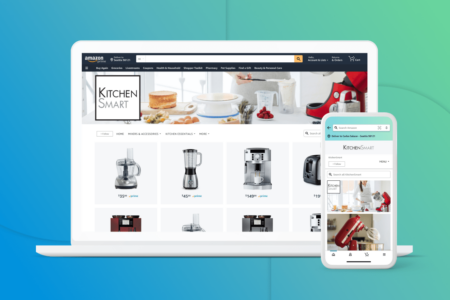Email marketing continues to prove a highly valuable marketing channel for modern businesses, especially because of its influence within the outreach process. When properly applied, a well-crafted email drip campaign can prove incredibly effective in maintaining the interest of existing clients, promoting engagement from new audiences, and push quality content at scale to drive conversions. And the best bit? They’re automated! Once you have everything set up and in place, you simply sit back and analyse the results.
But what is an email drip campaign? Well, it is a sequence of emails sent to specific members on your contact lists depending on actions they make with you organisation. The triggers that automatically send the emails are leveraged on pre-built instructions, such as timeframes and certain interactions with elements of your website. This can help remind customers of items they have left in their cart, inform them of new sales and offerings, or simply provide information that delivers a continual stream of value associated with your brand.
In this article, the Clearwater team explore how you can craft a winning email drip sequence to welcome new users, nurture your existing leads, and entice your wider audience.
Outline Your Objective(s)
You are certain to miss your target if you fail to pick one in the first place. Before we get to the nitty-gritty of crafting emails, first you must select what you are trying to achieve with you drip campaign, and keep it S.M.A.R.T. (specific, measurable, aspirational, realistic and within a time-frame). Does your business need a better way of warming up your email leads? Are you looking for new avenues to increase awareness of your product lines? Having a clear objective in place will assist you in not only tailoring your campaigns to fit a purpose, but also in measuring the results to gauge success.
Segment Your Email Lists
 If you have managed to obtain a large selection of emails, don’t bombard them all with your new email campaigns. Prevent sending irrelevant information to the wrong people and risking them associating spam with your brand by cleverly segmenting your contact lists. Savvy platforms like Mailchimp and Klaviyo make this quite simple, but you can also import all your information from a .csv file and google sheets document. The better segmentation, the more success you will find from your drip campaigns. You can have lists based on company size, the length of time you have done business with that contact, whether they are a new lead, and so many others that will align with your overall email marketing objectives.
If you have managed to obtain a large selection of emails, don’t bombard them all with your new email campaigns. Prevent sending irrelevant information to the wrong people and risking them associating spam with your brand by cleverly segmenting your contact lists. Savvy platforms like Mailchimp and Klaviyo make this quite simple, but you can also import all your information from a .csv file and google sheets document. The better segmentation, the more success you will find from your drip campaigns. You can have lists based on company size, the length of time you have done business with that contact, whether they are a new lead, and so many others that will align with your overall email marketing objectives.
Crafting Winning Content
What separates a winning email from general spam is the craftsmanship behind it. No-one likes their inbox clogging with over-salesy pitches and promotions that offer no real value, so you can’t expect success simply by having an email drip campaign set up.
Put yourself in the mind of your audience. Are they really sitting down, reading everything word-for-word, or scanning it at speed in search of the goods? More likely the latter, so give them what they want and structure your email with easily-consumed, sectioned content broken up by headings & subheadings, bolded sections, imagery and so on to add instant value and improve engagement.
The same is true for your subject line; it needs to be appealing enough for someone to want to open it. Modern readers are well-versed in loud, brashy sales tactics, so try a more personalised, value-driven approach that leaves the decision to click-through as a no-brainer. Finally, ensure you have all content pointed towards a specific call to action – completing a form, sending the user back to a products page, something to get them off the email and closer to the checkout.
Select the Required Timing & Frequency of the Emails
But when should you send these emails? There is no golden rule, so the art of this marketing strategy is in the refinement of the process. A popular method is to capitalise on receiving a new contact by starting with a higher frequency of emails at the beginning of the relationship, and diminishing as time progresses. The time of day can be a great factor to experiment with, too. For example, is someone more likely to open your email first thing in the morning, on their lunch break, or on the commute home from the office? With your lists and campaigns segmented, triggered by specific actions, you will soon have a selection of drip campaigns fine-tuned and shooting off in various directions to handle all the communication with your audience for you.
Monitor Your Metrics
This is how you refine your campaigns. With your objective defined, you can apply a range of metrics that dictate success, such as the click-through rate, website sessions stemming from email campaigns, and the overall impact on your bottom line. Be sure to tag links in your emails with UTM parameters to allow insights to pass on to Google Analytics for you to analyse. From here, you can see what is working, what isn’t, and introduce the changes necessary to improve performance.
For more information or assistance with your email marketing, contact us today.



